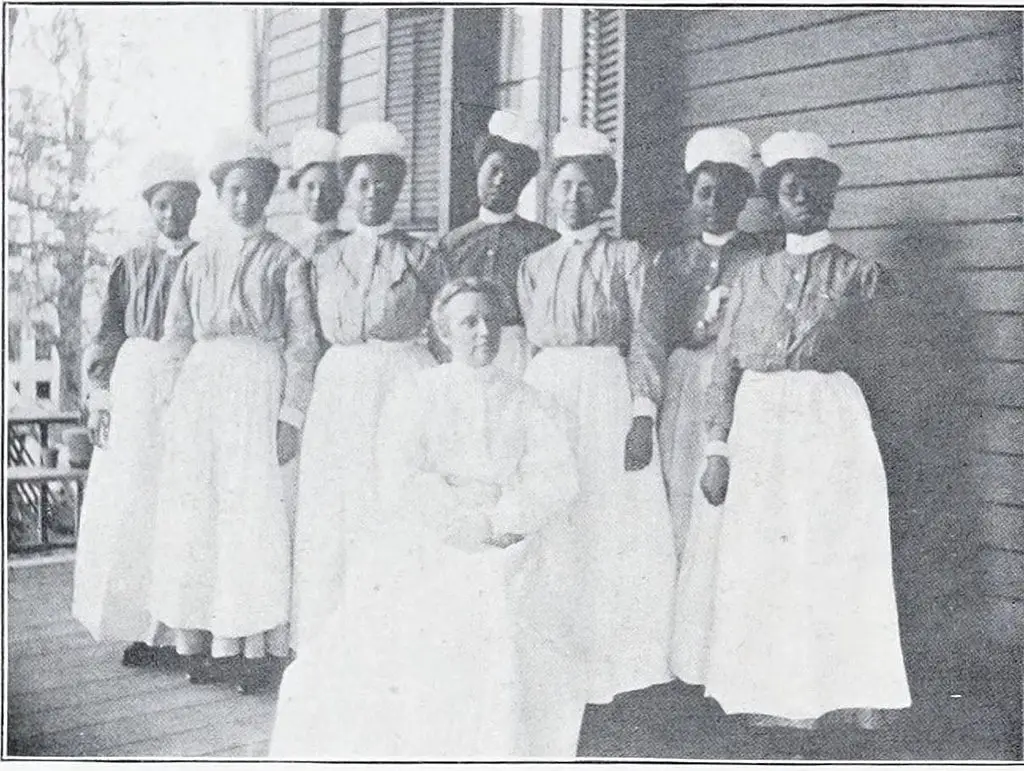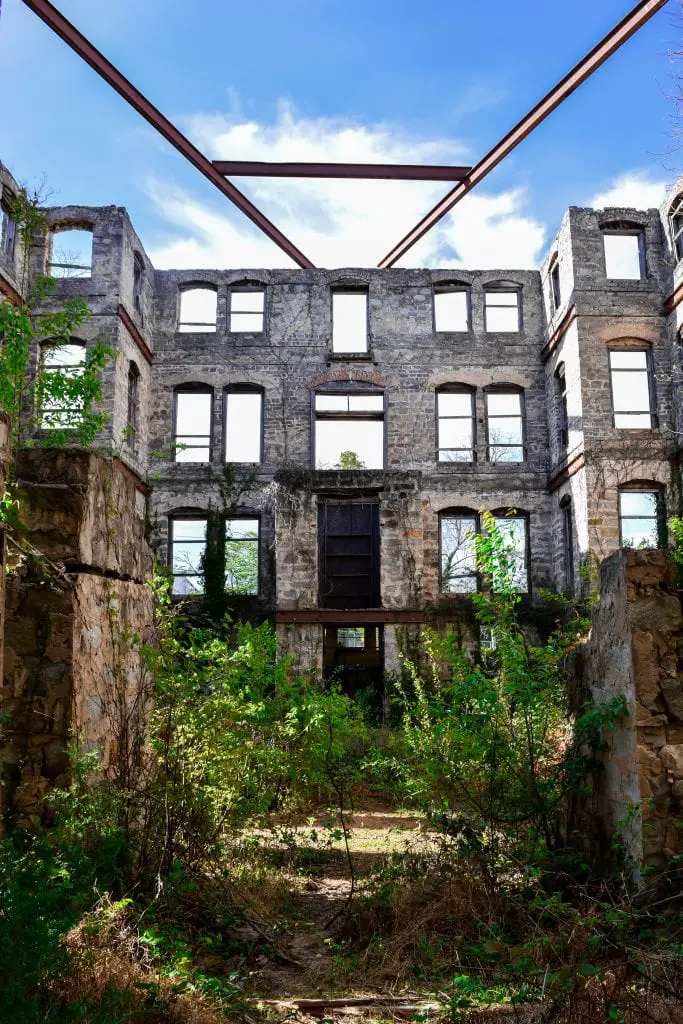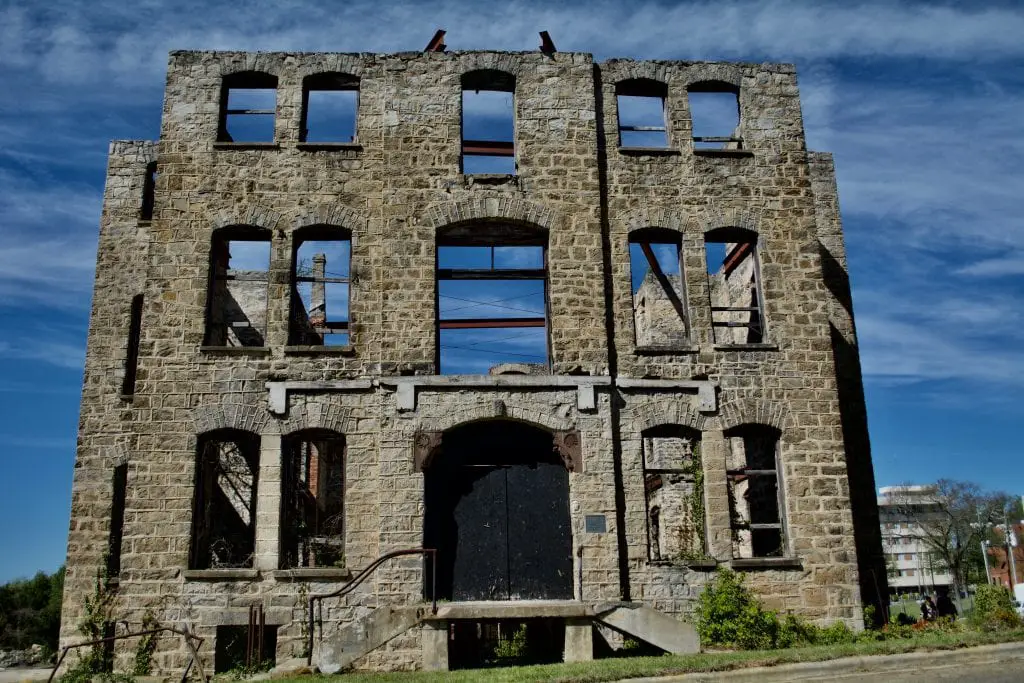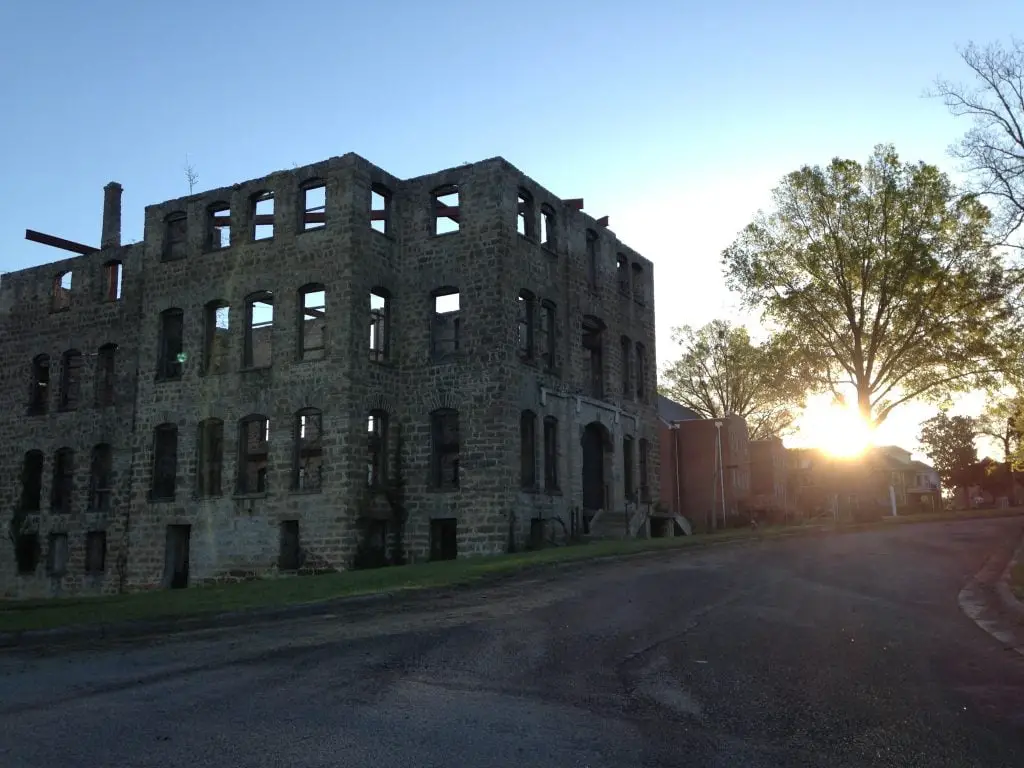The Founding of St. Agnes Hospital
In the heart of Raleigh, North Carolina, a stone structure is a testament to a bygone era. The St. Agnes Hospital, established in 1896, was more than just a medical facility.
It was a beacon of hope for the African-American community, providing quality healthcare when such services were scarce. The hospital was the brainchild of Aaron Burris Hunter and Sarah Hunter, instructors at St. Augustine's College.
Their vision was to create a medical institution that would cater to the needs of the black community, which had limited access to healthcare services.
The hospital started operations from a former home on the St. Augustine's campus. Despite the humble beginnings, the founders had a grand vision for the hospital.
They envisioned it as a place where the African-American community could receive quality healthcare, irrespective of their financial status. The hospital was funded through philanthropic contributions, a testament to the community's commitment to the cause.
The Early Years and Expansion
The early years of St. Agnes Hospital were marked by growth and expansion. In 1909, the hospital moved to a new four-story stone building, a significant upgrade from its previous location.
The new building was equipped with modern medical facilities, making it one of the best-equipped hospitals in the region. However, the hospital's growth was not without challenges. Funding was a constant issue, and the hospital relied heavily on philanthropic contributions to keep its operations running.

Despite the financial challenges, the hospital served the community with unwavering dedication. It became a symbol of resilience and determination, embodying the spirit of the African-American community in Raleigh.
The hospital's commitment to providing quality healthcare was recognized by the American Medical Association and the American College of Surgeons, which accredited the hospital.
The Role of St. Agnes Hospital in Medical Education
St. Agnes Hospital was a healthcare provider and a medical education center. The hospital's nursing school trained dozens of physicians and approximately 500 nurses, contributing significantly to the medical workforce in the region.

The hospital's commitment to education was evident in its rigorous training programs, which adhered to the highest standards of medical education.
The hospital was a breeding ground for medical professionals, many of whom had successful careers. The hospital's training programs were recognized for their quality, earning accreditation from prestigious medical associations.
The hospital's role in medical education is a significant part of its legacy, highlighting its commitment to providing healthcare and nurturing the next generation of healthcare professionals.

The Decline and Closure of St. Agnes Hospital
The mid-1950s marked a challenging period for St. Agnes Hospital. Funding issues and stricter accreditation standards put the hospital in a difficult position. In 1955, the hospital building was condemned, signaling the beginning of the end for the institution.
Despite the efforts to keep the hospital running, it eventually closed its doors in 1961, following the opening of a public hospital in Wake County.
The closure of the hospital was a significant loss for the community. However, the legacy of St. Agnes Hospital lived on. The stone structure that once housed the hospital stood as a reminder of the institution's commitment to serving the community.

The Legacy of St. Agnes Hospital
The legacy of St. Agnes Hospital extends beyond its physical structure. The hospital left an indelible mark on the African-American community in Raleigh, providing them with quality healthcare and education. The hospital is remembered for its dedication to the community and its unwavering commitment to healthcare.
The hospital's legacy is also preserved in its memories and associated stories. For many, the hospital is not just a historical landmark but a place filled with personal memories. These stories add a unique dimension to the hospital's history, making it a cherished part of Raleigh's heritage.

The Future of St. Agnes Hospital
Today, efforts are underway to restore St. Agnes Hospital. A $500,000 federal grant has been secured to fund a feasibility study for the restoration project. The project explores potential future uses for the site, such as a community clinic or a training ground for healthcare workers.
The restoration project is a testament to the enduring legacy of St. Agnes Hospital. It is a reminder of the hospital's historical significance and potential future role in the community.
As the project progresses, the community looks forward to seeing the hospital restored to its former glory, again serving the community.

Conclusion
St. Agnes Hospital stands as a testament to Raleigh's rich history. Its story is about resilience, dedication, and commitment to serving the community.
As efforts to restore the hospital continue, the community looks forward to seeing it take on a new role, continuing its legacy of service and education.
St. Agnes Hospital's story reminds us of the importance of preserving historical sites and their stories, which are integral to our collective heritage.
